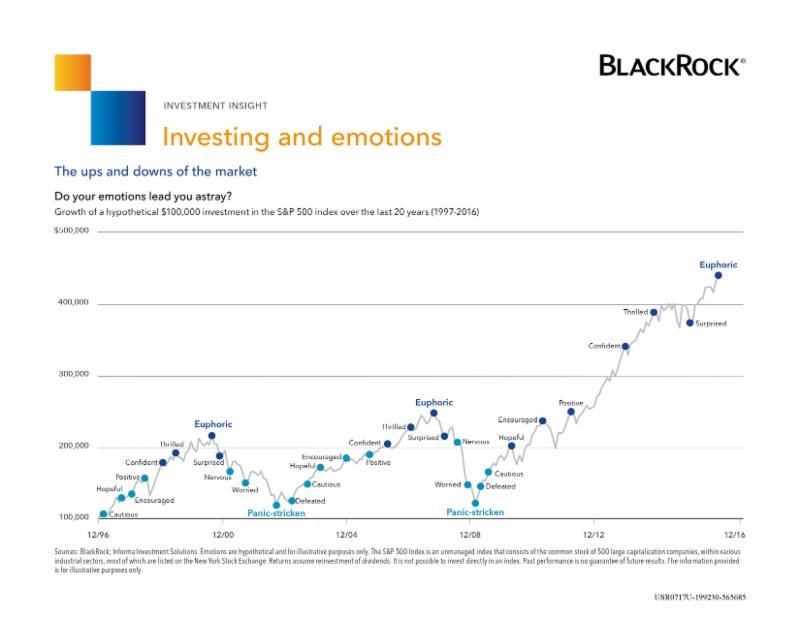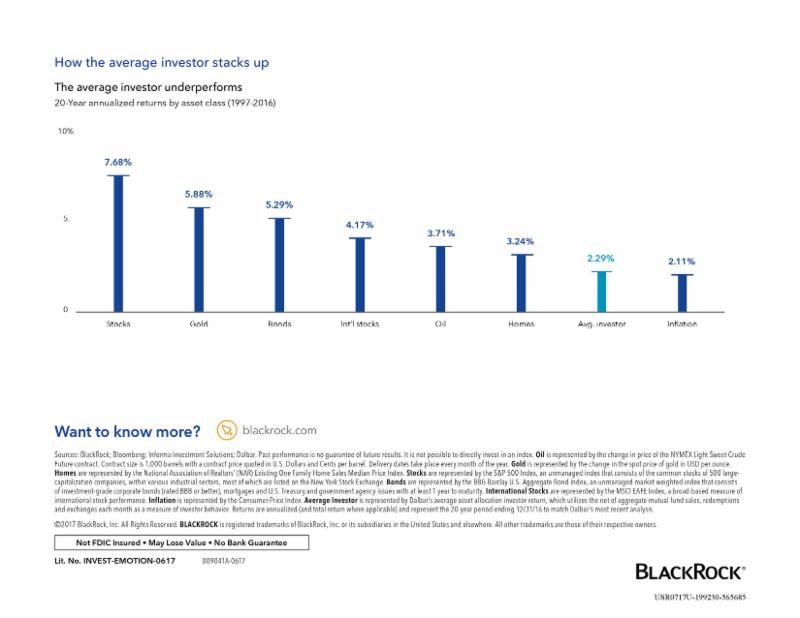No matter how often you prefer to monitor your stocks’ performance, there are certain items you should consider. Here are five things to review as you monitor your stocks’ performance:
 Earnings — Pay attention to the company’s quarterly and annual earnings statements, which include comparisons with the recent past and often reviews of what management expects for the next quarter and year. Review the stock’s earnings trend and how the company performs compared to analysts’ estimates. Watch out for earnings surprises, which can cause rapid price changes up or down, and may indicate the start of a new stock price trend.
Earnings — Pay attention to the company’s quarterly and annual earnings statements, which include comparisons with the recent past and often reviews of what management expects for the next quarter and year. Review the stock’s earnings trend and how the company performs compared to analysts’ estimates. Watch out for earnings surprises, which can cause rapid price changes up or down, and may indicate the start of a new stock price trend.
 Price and dividends — Follow
Price and dividends — Follow
the stock’s price compared to its
52-week highs and lows. Examine its trailing total returns year to date and over the last one-, three-, five-, and 10-year periods. Look for changes in the absolute dollar amount of dividends and the current yield (the annual dividend divided by the current price).
 P/E and PEG ratios — Price to earnings (P/E) and price/earnings growth (PEG) ratios are often better indicators than the stock price as to how relatively expensive or cheap a stock is.
P/E and PEG ratios — Price to earnings (P/E) and price/earnings growth (PEG) ratios are often better indicators than the stock price as to how relatively expensive or cheap a stock is.
The P/E ratio is useful for comparison to other stocks and the market, while the PEG ratio is a strong indicator of whether the stock is overpriced or underpriced compared to its projected earnings growth rate over the next five years.
 Insider transactions and stock
Insider transactions and stock
buybacks — A company buying
back its own stock or whose senior
executives and directors are accumulating more shares is a bullish sign.
On the other hand, when insiders are selling off major holdings of their own stock, it’s quite often an indication that the stock price has peaked.
 Sudden and large price changes
Sudden and large price changes
on high volume — When a stock
makes a sudden, high-volume move
— particularly when it opens much
higher or lower than the previous day’s high or low — it can be the start of a new, long-term trend.
For help monitoring your stocks’ performance, or if you need to make a change to your investment portfolio, please call.
Dividend Investing
Dividend investing creates both an income stream from dividends as well as portfolio growth from asset appreciation.
The first thing dividend investors look for is safety, which is measured by the dividend coverage ratio. Typically, dividend investors
don’t want to see companies pay out more than 60% of their profits as dividends to investors to ensure the company has the resources for operations. Dividend investors look for companies that have good cash flow and stable income, because they can get a higher payout ratio and don’t have to worry about the company’s ability to pay the dividend.
When an investor follows the high dividend yield strategy, he/she is investing in companies with yields at the top of the range that will provide a predictable income stream. Investors who focus on a high dividend growth strategy are investing in companies whose dividend payments are significantly lower than average, but the company is growing at a very fast rate.
After a period of time, these fast-growing
companies can increase dividends to an equal or much higher level than what would have
been collected using the high dividend yield approach.
Financial Thoughts
In a recent survey, 9% of non-retiree respondents said that they knew for certain what their Social Security benefits would be, 41% had a guess or estimate, and 49% had no idea how much their benefits would be (Source: AAII Journal, March 2020).
A recent study found that individuals with children have 10% less wealth by retirement age than individuals without children. However, individuals with children were
just as satisfied with retirement as those without children. One of the reasons for this
difference is that retirement saving goals differ in meaningful ways between the two groups. (Source: American Enterprise
Institute, December 2019).
Consumers worldwide put an average value of $35,000 on digital assets stored on their mobile devices, which includes photos and videos (Source: Journal of Financial Planning, April 2020).
About 81% of U.S. adults age 72 and older have a healthcare power of attorney, while only 41% of millennials have one (Source:
AARP, 2020).
Approximately 20% of baby boomers who receive an inheritance of $100,000 or more spend the entire inheritance. (Source:
Journal of Family and Economic Issues, 2020).












